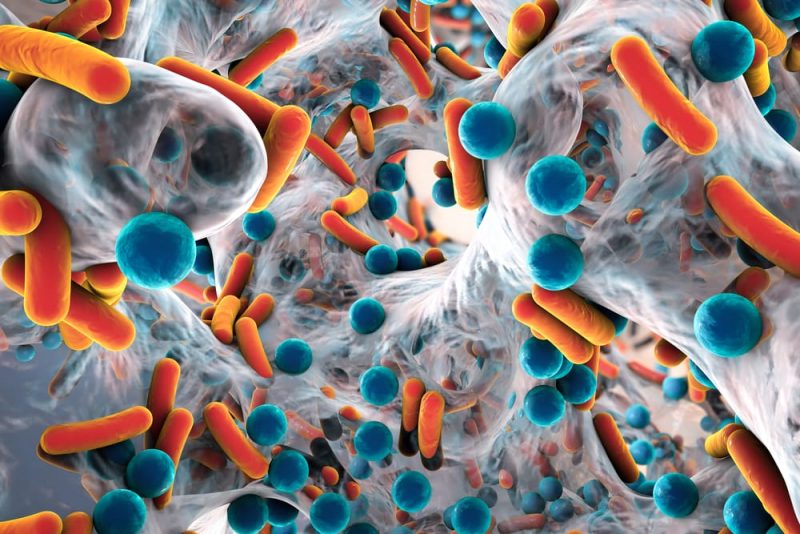The organisms They are living beings that are made up of one or more cells. Cells are the minimum units of life that present different degrees of complexity according to their structure or organization.
Unicellular organisms are those that are made up of a single cell, for example: bacteria and yeasts; multicellular organisms are those that are made up of two or more cells, for example: the shark, the vulture, the eucalyptus.
Unicellular organisms
The single-celled organisms they are microscopic organisms that gather all their vital functions in a single cell. Almost all prokaryotic organisms (which have a cell without a cell nucleus) and some eukaryotic organisms (which have cells with a cell nucleus) are unicellular.
Within the monera kingdom, all bacteria are unicellular organisms, for example: scherichia coli, salmonella typhi and all archaea, for example: the methanogenic archaea. Within the fungi kingdom, yeasts, for example: pichia, saccharomyces cerevisiae (brewer’s yeast); within the protist kingdom, protozoa, for example: paramecium and dinoflagellates.
Characteristics of single-celled organisms
- They are present in all ecosystems.
- The number of them far exceeds multicellular organisms.
- They are considered more primitive than multicellular organisms.
- They reproduce asexually.
- There are heterotrophic and autotrophic unicellular organisms.
- They can group forming colonies.
Examples of single-celled organisms
| Amoeba | Cyanidiophytina | Yeast |
| Arches | Diatom | Microalgae |
| Bacterium | Dinoflagellates | Paramecium |
| Chlorella | Euglena | Protozoa |
Multicellular organisms
The multicellular organisms They are made up of two or more cells that specialize in different vital functions (neurons, epithelial cells, red blood cells). These specialized cells form tissues that in turn make up the organs of the living being.
All animals and plants are multicellular organisms, for example: mammals like the lion, amphibians like the frog, trees like oak, herbaceous like onion. Some fungi and some organisms of the protist kingdom are also multicellular, for example: mushrooms, algae.

Characteristics of multicellular organisms
- They are also called multicellular.
- They are eukaryotic organisms.
- They are made up of specialized cells that can be very different from each other.
- The cells that make them up are related to each other and need each other.
- They are macroscopic organisms more complex and developed than unicellular organisms.
- They initially arise from a single cell that multiplies through mitosis or meiosis.
Examples of multicellular organisms
| Avocado | Kelp | Dog |
| Brown algae | Lettuce | Porphyra |
| Horse | Daisy flower | Portobello |
| Chicken | Mosquito | Oak |
| Sparrow | Nematodes | Chinese mushroom |
| Hydrangea | Palmaria palmata | Black truffle |
